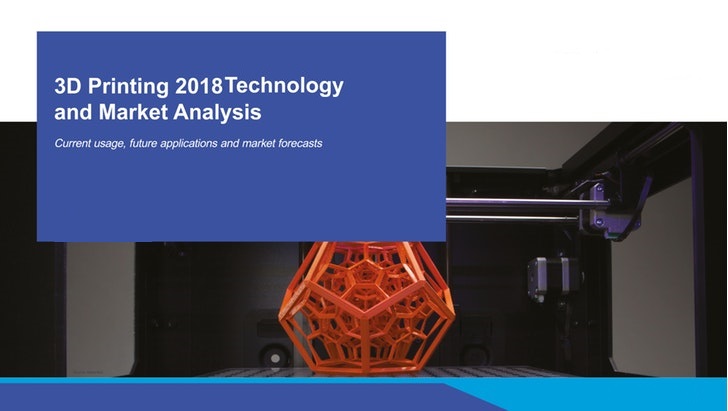3D Printing: Popular Technologies, Materials and Applications
Manufacturing companies are making more use of 3D printing technology in their product manufacturing process. Its capability for building three-dimensional structures and solid objects will greatly advantage various industries to gain more control over their product design and manufacturing life cycles. It can be utilized as an additive manufacturing technique for creating even the very complex object and models by adding material layer by layer.
An ideal 3D printer creates a solid object by depositing layers of printing material on the build platform, based on the exact design provided as a 3D file. The additive manufacturing with 3D printing involves materials like plastic, Titanium, Aluminum, Stainless Steel, Acrylonitrile Butadiene Styrene (ABS), Nylon or Poly-carbonate (PC). The layers in the additive manufacturing are very thin so that it fastly solidifies to form a three-dimensional object. There are many 3D printers and printing technologies that are designed to match the unique needs of rapid prototyping, additive manufacturing and concept modeling.
Read More : 7 Step To Start Business on Internet Full Guideline 2018
There are a handful of 3D printing technologies available in the current market, both for commercial and early development purposes. Many leading manufacturing companies in aerospace and healthcare technology developers are utilizing 3D printing technology on a commercial level for building various parts and components. The additive manufacturing process for different industries and products will differ in the printing material being used. When used in specific applications, 3D printing technologies can be of great benefit in improving technology innovations in various businesses and industries. There is a rising demand for 3D printing in Mumbai as many of the agencies here are equipped with world class technologies and equipment.
3D printing technologies can be categorized into three major sections based on the materials it process and the way it processes it.
Extrusion (FFF and FDM)
3D printing technologies like Fused Filament Fabrication and Fused Deposition Modeling comes under extrusion additive manufacturing. It involves melting and deposition of plastic filament layer by layer on the build platform to form the object.
Resin (SLA and DLP)
Stereo lithography printers and Digital Light Processing printers print 3D objects with a liquid photosensitive resin that is cured by a laser beam to form an object directly in the resin tank of the 3D printer. The most common 3D printing technology used in stereo lithography which involves of photo polymerization process which the photosensitive resin is solidified with a source of light.
Powder (SLS, SLM, DMLS)
Additive printing involves melting a powdered material with a laser so that the grains of powder can be bonded or melted together to form a solid 3D shape. Selective Laser Sintering (SLS) Selective Laser Melting (SLM) and Direct Metal Laser Sintering (DMLS) are the 3D printing technologies that build objects using powder-based material.
Revolutionary Benefits of 3D Printing
The rise of 3D printing technologies has greatly impacted organizations across many industries to make the manufacturing and design processes effective. With the entry of 3D printing technology as several constraints in the traditional product prototype fabrication techniques has been avoided. Leading edge technologies in 3D printing systems started finding application in the direct manufacturing of end products. It is broadly used in industries like aerospace and healthcare technology development for building various complex parts.
Leading manufacturing companies in various companies think of having a faster 3D printing in order to gain more productivity in a competitive marketing. 3D printing technology constantly evolves to allow users to print complex objects and models from almost any kind of materials. The currently popular additive manufacturing method of creating objects by adding layers of material needs to be faster in regard to the evolving manufacturing landscape. Leading 3D printing technology companies are working on new fast printers and technologies that would ensure various manufacturing environments and supply chains will better control of their product life-cycles.
Innovations in 3D Printing
Regular 3D printing technologies like Filament Fused Fusion (FFF) or Stereo lithography (SLA) takes between two to twelve hours to print a 60 mm diameter object. With the better and faster 3D printer on its way to the markets, product prototyping or even direct manufacturing will get faster and convenient for organizations. Thus, fast 3D printers have a huge competitive advantage. Several companies introduced new technologies for speeding up the 3D printing process. Those innovations work with plastic-based materials and rely on continuous printing technologies. Fast 3D printers will have a competitive advantage in accelerating the time-to-market for products and technologies. When it comes to better efficiency in product prototyping most of the organizations prefer for more the innovations in plastic-based material technology as it processes faster and is potential for faster adaptations.




